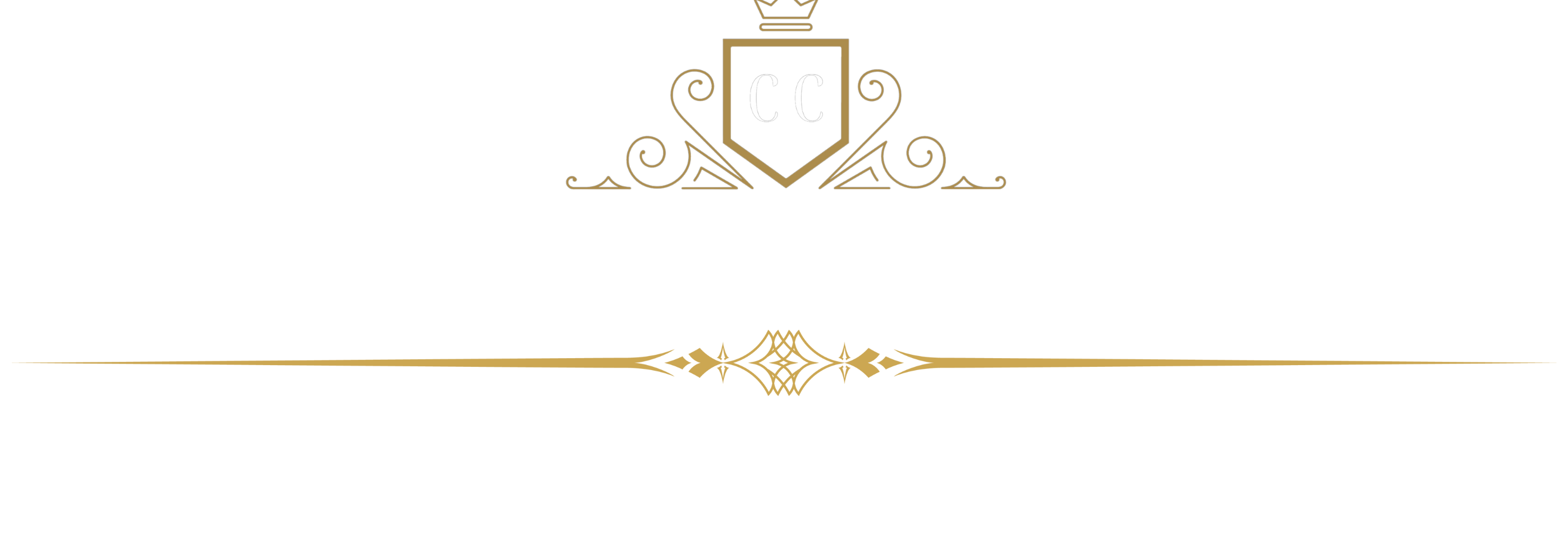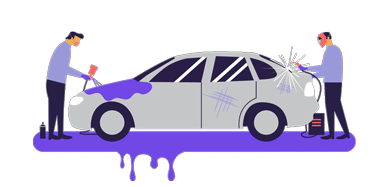Paint Protection Film (PPF) Installation
Installing Paint Protection Film (PPF) is a meticulous process that involves protecting your vehicle’s paint from damage due to road debris, scratches, and minor impacts. Here’s a step-by-step guide on how to install PPF:
Materials You’ll Need:
- Paint Protection Film (pre-cut or bulk roll)
- Squeegee or installation tool with a soft buffer
- Slip solution (water with a few drops of mild soap)
- Heat gun or infrared lamp
- Utility knife with fresh blades
- Microfiber towels
- Isopropyl alcohol (for cleaning)
- Clay bar kit (optional, for surface preparation)
- Paint surface cleaner (optional)
Steps for PPF Installation:
- Vehicle Preparation:
- Park your car in a clean, dust-free environment, ideally indoors or in a garage.
- Ensure the car’s paint is clean and free from contaminants like dirt, bugs, or tree sap. Use a clay bar kit and a surface cleaner if necessary.
- Measure and Cut the PPF:
- Measure and cut the PPF to the appropriate size and shape for the area you’re protecting. Pre-cut kits are available for some vehicles, or you can use a bulk roll.
- Prepare Slip Solution:
- Mix water with a few drops of mild soap to create a slip solution. This solution allows you to position the film before it adheres.
- Clean the Surface:
- Use isopropyl alcohol to thoroughly clean the area where you’ll apply the PPF. Ensure there is no residue or contaminants.
- Apply the PPF:
- Wet your hands and the vehicle’s surface with the slip solution.
- Remove the backing from the PPF, exposing the adhesive side.
- Gently position the PPF on the desired area, ensuring it’s correctly aligned.
- Use the squeegee or installation tool to gently press the film onto the surface while continuously spraying it with the slip solution to prevent it from sticking prematurely.
- Work from the center outwards to push out air bubbles and excess solution. This step requires patience and precision to avoid wrinkles or bubbles.
- Trim Excess Film:
- Use a utility knife with a fresh blade to trim any excess PPF. Be careful not to cut the vehicle’s paint.
- Heat and Mold the Film:
- Use a heat gun or infrared lamp to gently heat the PPF. This makes it more pliable and helps it conform to the contours of your vehicle.
- Continue to use the squeegee to smooth out any remaining bubbles or imperfections.
- Final Inspection:
- Examine the PPF for any trapped dirt, bubbles, or imperfections. If you find any, carefully lift that area, apply more slip solution, and re-squeegee.
- Allow to Dry:
- Let the PPF dry for at least 24-48 hours before washing or exposing it to rain or other contaminants.
- Maintain the PPF:
- Clean and maintain the PPF as you would the rest of your vehicle’s paint, using a gentle car wash soap and microfiber towels.
Professional installers often have experience and specialized tools that make PPF installation more manageable. If you’re not confident in your ability to install PPF, consider having it professionally installed to ensure the best results and protection for your vehicle’s paint.
Please check Competition Clean’s full Guide on PPF

 Please Wait...
Please Wait...